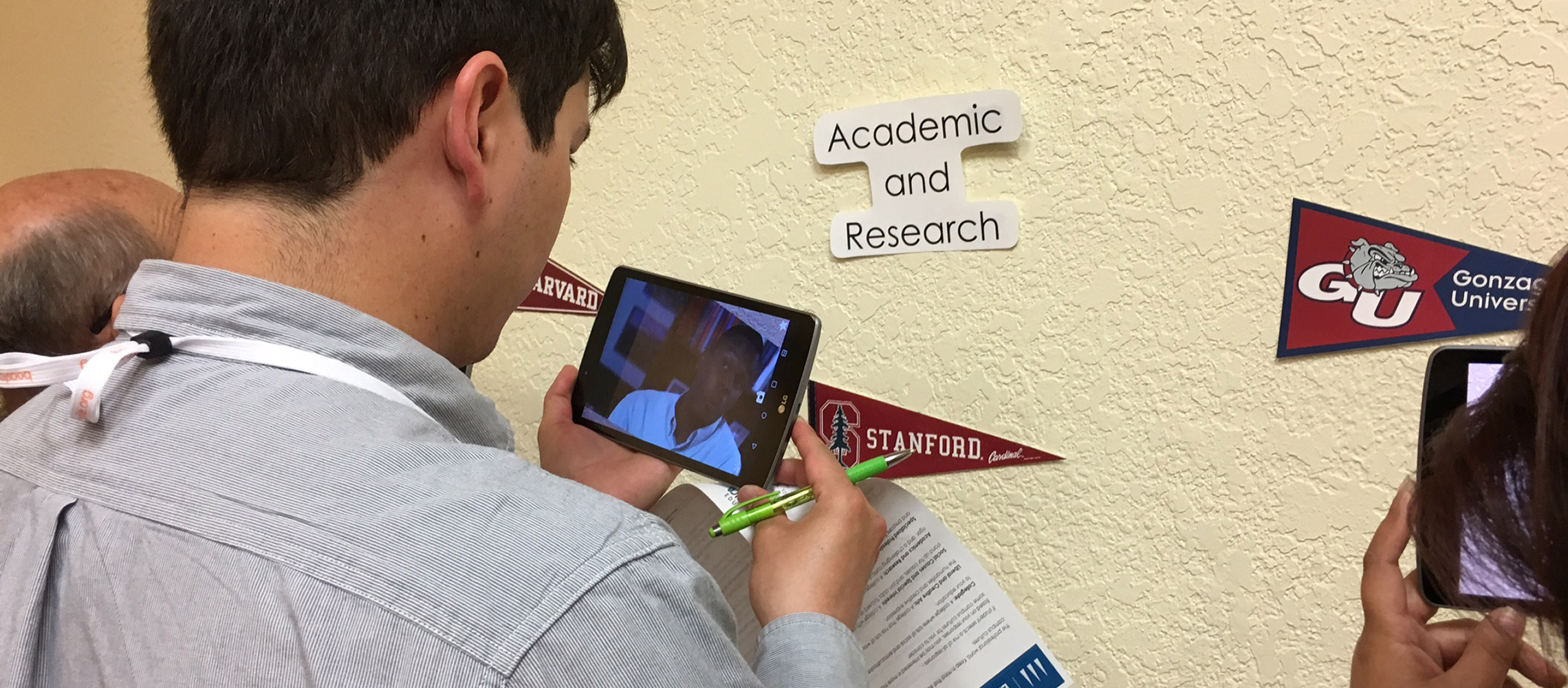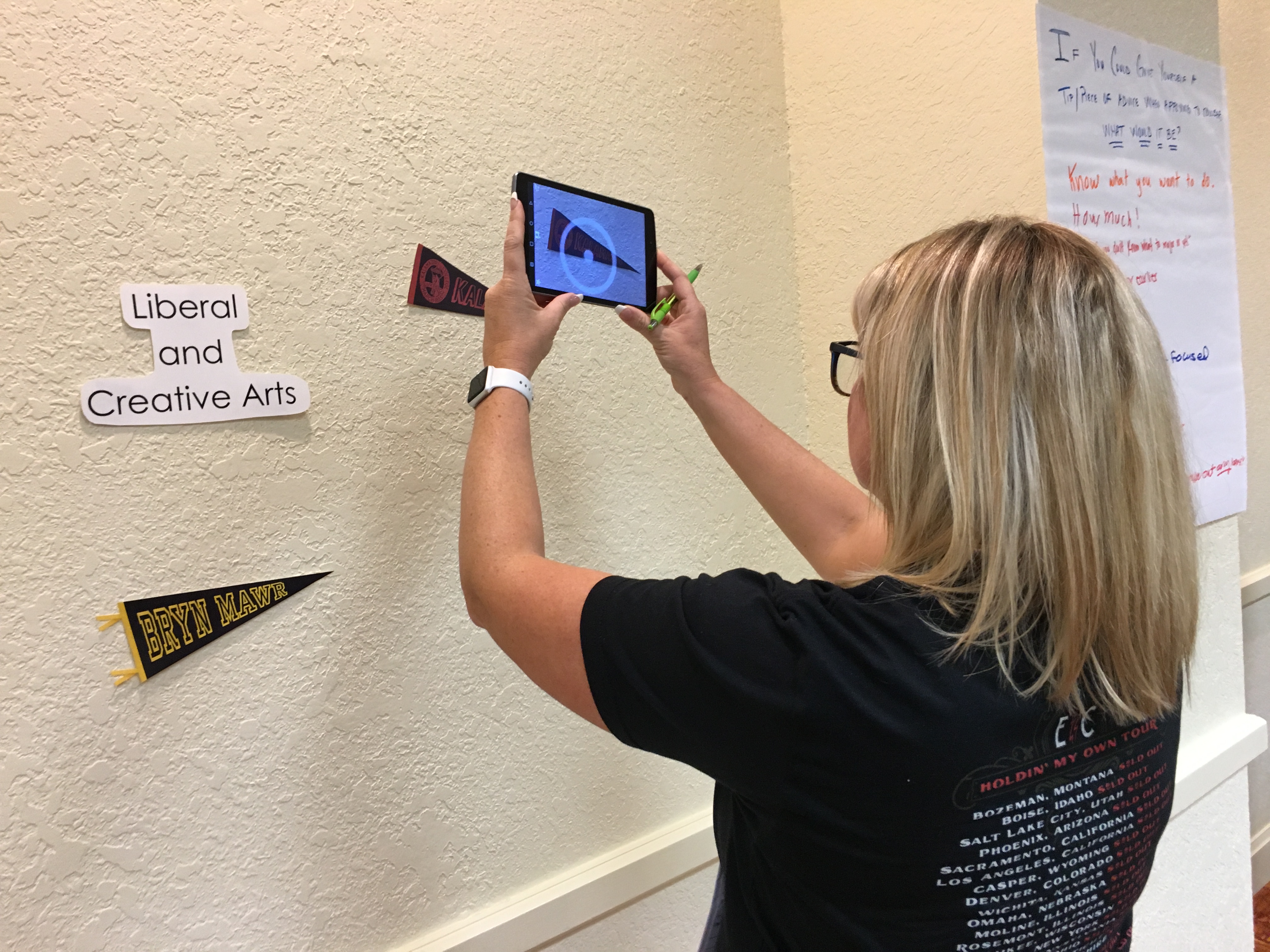Program director advocates for equal access at national education conferences
Broad access to selective colleges for high-achieving, low-income, underrepresented students remains a challenge. The college-access programs of the Tiger Woods Foundation have focused on this issue for the past several years.
In 2009, the Earl Woods Scholar Program began a pilot at the TGR Learning Lab in Anaheim that focused on students receiving the opportunity to research and apply to private universities and liberal arts colleges across the United States. Through our work in this area, the foundation has developed some great relationships with selective universities. Students and families are introduced to the idea that a “price tag” of $60,000 for college is not a barrier. These institutions, apart from offering excellent financial aid packages, provide smaller class sizes, study abroad programs included in the cost of tuition, better access to professors, and many more benefits.
This past month, I have had the pleasure of presenting at two great conferences geared toward educators in Boston, MA and Palm Springs, CA. The first was the National Partnership for Educational Access (NPEA) whose organizational members are committed to helping underserved students enroll in and graduate from college. At NPEA, I partnered with my colleagues at Princeton University to present models that expand opportunities for traditionally underrepresented students to attend best-fit colleges. We shared exemplary practices for empowering students to take full advantage of the opportunities available to them to achieve their full potential in college and beyond. In addition, we provided insight into how effective partnerships between organizations and universities can be to ensure student success.

And last week I presented at BOOST (Best of Out-Of-School-Time), which focuses on providing tools and resources to out-of-school-time professionals that will inspire organizations to create change for quality programming. With educators at BOOST, I took a more hands-on approach and was able to share elements of our college-access programming. Participants engaged with tools that help high school students navigate the college application process – personal statements, interviews, college lists, etc. They gained strategies for empowering students to take advantage of competitive postsecondary opportunities, and help them determine the right match for their academic background and college aspirations.
They enjoyed how engaging and hands-on activities related to college access can be. From interactive icebreakers utilizing “origami fortune tellers” to asking open-ended questions on “graffiti boards” (an instructional strategy used to activate student participation and have them think critically), the biggest hit was augmented reality via the Aurasma app. It’s a great way to hook students on a variety of topics. I demonstrated how we utilize it in the college list process, both as a research tool and assisting students in finding the right fit. If you would like to use our activity, download the app and follow EWSP. Make sure to print out copies of the college pennants we have in our “aura.”

At both conferences, I was excited to share online tools from our recently launched tgreduexplore.org–the college access lessons, family activity and self-paced module – The College Blueprint. Educators were extremely excited to learn this resource was absolutely free to anyone.
At the Tiger Woods Foundation, we believe strongly in helping our students gain access to selective colleges. It’s a tenet of the Earl Woods Scholar Program and an important step toward achieving equality.
Visit the recently launched TGR EDU: Explore for free lessons and activities around college access.


